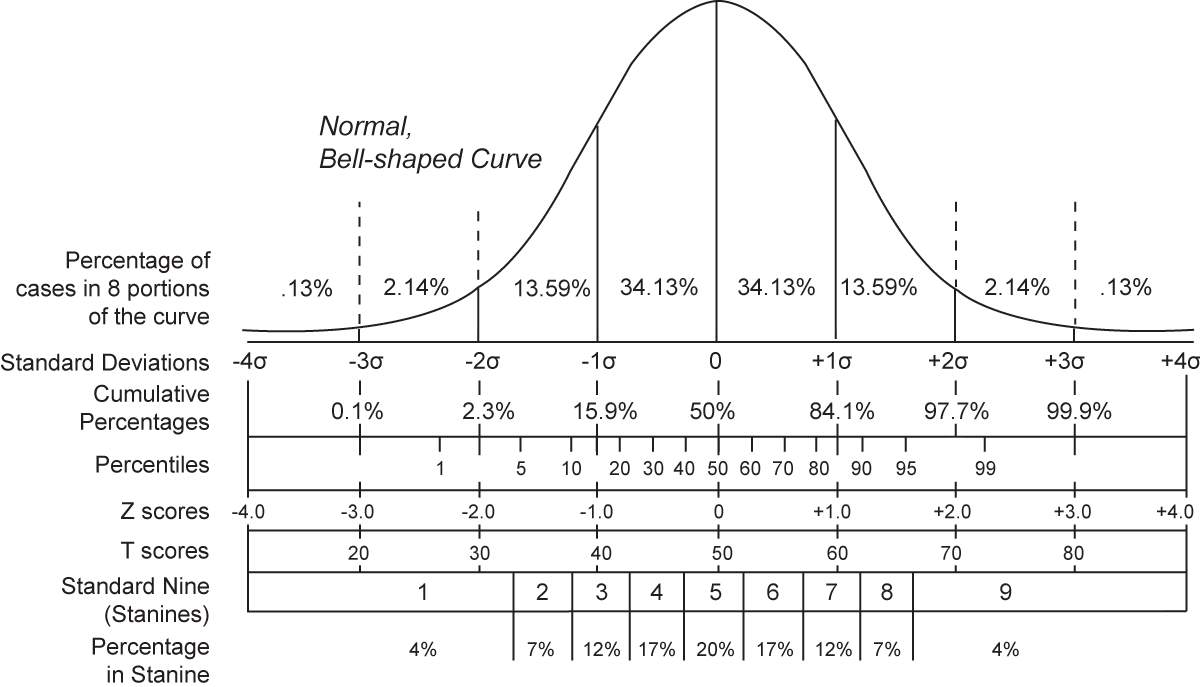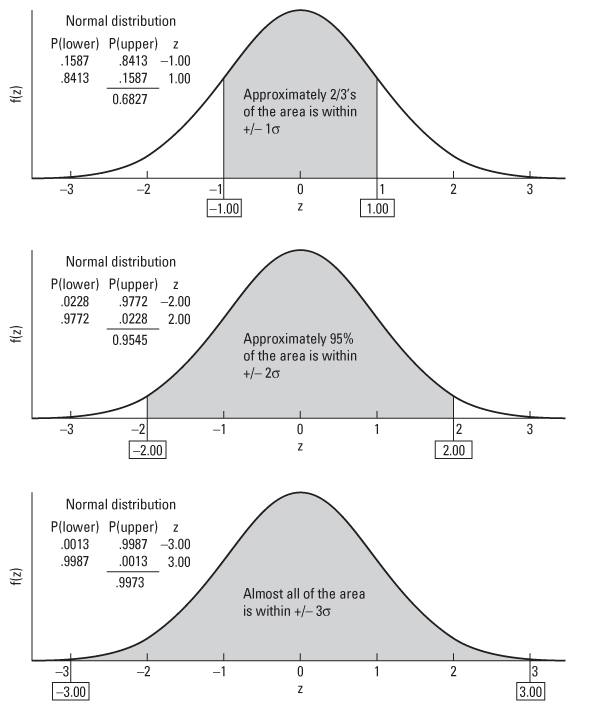Unkindloving
Lungs & Lips Locked
- Joined
- Dec 10, 2009
- Messages
- 2,963
- MBTI Type
- ENFJ
- Enneagram
- 4w5
Basically, I fail at life when it comes to all sorts of math. Right now, that math is Statistics.
I was wondering if anyone could point me in the right direction with the proper calculations/or anything for this:
I'm honestly only aware that-
mean/mu = 45 standard deviation/sigma = 15 & that I want to be 75% sure, which I'm assuming would be .67 in terms of z-score, unless I'm looking that up incorrectly.
From there, I have no real clue. (so basically, I'm lost as all hell)
Any help whatsoever would be appreciated.
I was wondering if anyone could point me in the right direction with the proper calculations/or anything for this:
Assume that you own a small factory. A critical piece of machinery in your factory will need to be replaced in 180 days. If the machinery does not show up on time, you will need to shut down until it arrives. This might cause you to permanately lose customers.When you order the part you wil need to pay the $500,000 in advance. That is a lot of money for your small business. If you keep the money in the bank, it will earn interest each month. If you spend the money now, it will leave you with very litte money on hand, and you might have to borrow money to make payroll. You know from past experience that the delivery times are normally distributed with a mean of 45 days and a standard deviation of 15 days. When should you order the part? It is your company, but you must write up an explanation for your actions that convinces your investors that your actions are best. (Unfortunately, the investors cannot afford $500,000 at this time.)
NOTE: There are many right answers to this question. Grading will be based on your explanations and your defense of your choice. .
Be sure to include
1) Explain why 135 days from now is the date to order it if you want to be 50% sure of getting the delivery on time.
2) Explain to the investors why you cannot be 100% sure that the part arrives in time.
3) How sure do you want to be that the machinery arrives on time? Explain your answer clearly, and explain why you chose that figure. Remember, you need to confince your investors.
(the answer here cannot be 50%)
4) Based on how sure you want to be, calculate when you need to order the part. Explain all calculations clearly, because your investors need to understand what you did. They are bright and understand math, but you will have to explain the statistics to them. This needs to include z-scores and a calculation of x based on z.
I'm honestly only aware that-
mean/mu = 45 standard deviation/sigma = 15 & that I want to be 75% sure, which I'm assuming would be .67 in terms of z-score, unless I'm looking that up incorrectly.
From there, I have no real clue. (so basically, I'm lost as all hell)
Any help whatsoever would be appreciated.



